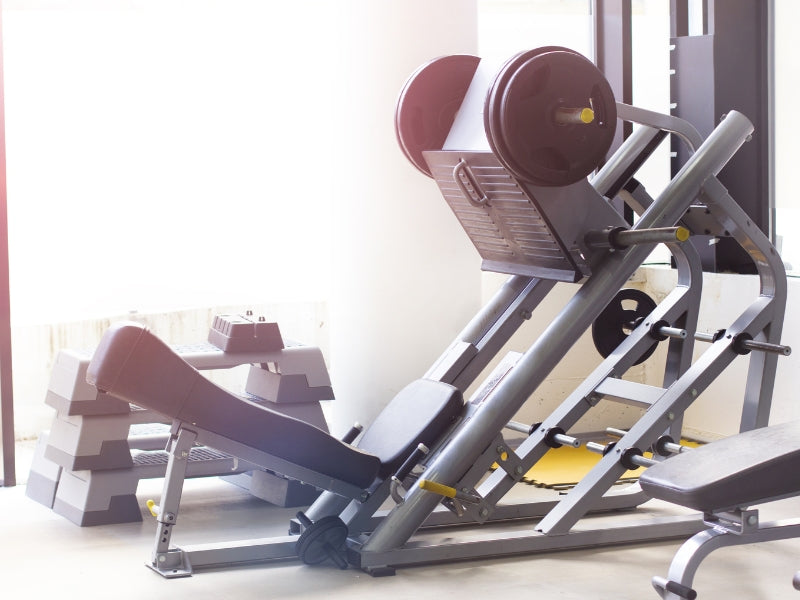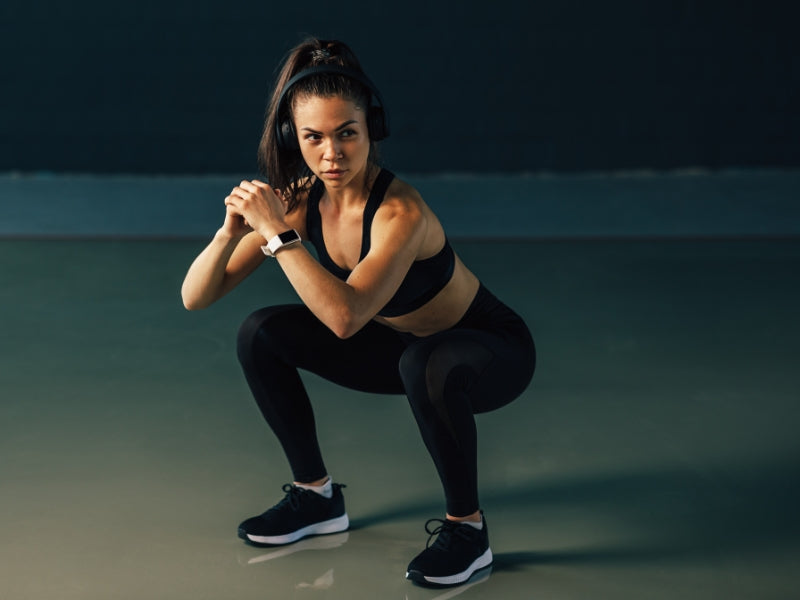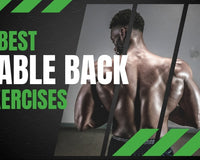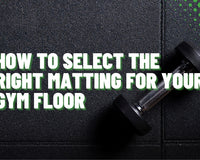When it comes to leg day, one of the most popular machines at the gym is the leg press.
It's a very effective exercise and allows you to safely push your limits to try and maximise your gains.
However, due to its popularity, the leg press at your local gym might be hard to get hold of, especially at peak times. Also, it is a large machine and not many home gyms will have enough space for a leg press.
For this reason, you might be looking for some leg press alternatives, exercises that you can do either at home or even at the gym that will help you achieve the same results as the leg press, but with different equipment, or no equipment at all.
Leg Press Machine 101

To help find alternative exercises we need to first understand how a leg press works. A leg press machine has you in a seated position, with your face and legs angled slightly upwards, at an angle of roughly 45°.
You're feet then rest against a foot plate and use your legs to push as much weight upwards as you can. This is what the leg press machine is, a tool in the gym that forces you to use all of your leg strength to extend and move as much weight as you can.
During each rep, a variety of muscles are engaged making it a compound movement, so when looking at alternative exercises we need to make sure they are also compound movements. You can check out our guide to all the muscles worked during leg press to see them in more detail.
Best Leg Press Alternatives
Now that we know the leg press movement, we can talk about the best leg press alternatives. Let's take a closer look right now.
1. Squats

The exercise that is going to most closely mimic the leg press machine is the squat. With a squat, instead of sitting down and pushing up, you're standing upwards and lowering your body down, before finally pushing it back up.
One of the benefits of doing a squat instead of a leg press is that because you're standing up, there's less pressure on your lower back.
Therefore, if you have any kind of back pain or back injuries, doing regular squats may be a good alternative to the leg press machine. What's also beneficial is that you don't need to have any special equipment to do squats. Sure, many people do weighted squats with barbells, but this is not necessary, strictly speaking.
In terms of the muscles worked, the squat exercises your hamstrings, your glutes, your quadriceps, and to a certain degree your calves.
How to Squat
- Start by standing at hip width, with your heels planted firmly on the floor, and your toes facing forwards.
- If you need help balancing, extend your arms sideways or straight ahead.
- Move your hips back, lower your buttocks down to the ground, and bend at the knees, all while keeping your chest puffed forward and your back straight.
- Lower yourself as far as you can go, or until your thighs are parallel with the ground. Make sure that your knees stay centered over your ankles.
- Push your heels down into the floor and extend yourself back upwards. Do anywhere between 8 and 12 reps.
There are different variations of squats that come with different benefits. For instance, you can do what are known as sumo squats. These have you standing in a much wider position, with your toes facing outwards. The benefit of the sumo squat is that it targets your inner thigh muscles a lot more.
There is also such a thing known as the split squat, which involves doing squats with one leg at a time. It’s an excellent exercise to do if you want to target your legs individually, which is especially beneficial if you happen to have muscle imbalances.
Related: Focus on certain areas of your legs with our guide to leg press foot placement.
2. Broad Jumps

Another great leg press alternative is the broad jump, otherwise known as the leapfrog jump. This is a great way to build overall leg strength and increase your explosive power. This exercise involves fully extending your lower body while also doing a squat.
Keep in mind that this is a very high-impact exercise, so if you have knee or hip problems, you may want to stay away from it.
However, the beauty is that you don't require any equipment for this exercise, which means that you can do it at home or anywhere else. As for the muscles that the broader jump works, it targets your hamstrings, glutes, quadriceps, and calves, everything that the leg press machine also targets.
How to Broad Jump
- To do a broad jump, start by standing with your feet at shoulder width.
- Now it's time for you to do a squat, and when you're at the bottom of the squat position, swing your arms behind your body.
- To do the broad jump, swing your arms forward, push your feet into the ground and explode upwards and forwards as hard as you can.
- After you jump as far as you can, ideally landing on your feet, make sure to keep your ankles, knees, and hips relatively loose to absorb the force of the impact. You can start by doing anywhere between 8 and 12 repetitions.
3. Lunges

If you need a good exercise to replace the leg press machine, but don't want anything that features high impact, doing lunges is recommended. Lunges are also great because they don't add any pressure to the equation, therefore sparing your lower back, unlike the leg press machine.
Lunges are also beneficial because they work out both of your legs simultaneously, and they benefit your quadriceps, glutes, and hamstrings. The other beauty of lunges is that you also don't need any equipment, so you can do them at home or anywhere you see fit.
How to do Lunges
- To do lunges, start by standing with your feet at hip width.
- With your right foot, step forward and drop at the hips, bending your knees so that they are both at 90° angles.
- Slowly keep bending at the knees until your right foot, or whichever leg is your front leg, is parallel with the floor. Make sure that your knee stays in line and over your ankle.
- Push hard into the front leg and back up into your starting position. You can do anywhere between 8 and 12 reps, and then switch to the other leg.
- If you want to make things harder yourself, you can always hold dumbbells in your hands to increase the weight.
Related: Work out the starting resistance of a leg press.
4. The Bridge

If you're looking to target your quadriceps, glutes, hamstrings, and even your hips, then the bridge exercise is one of the simplest and best moves you can do. Not only does it work your legs, but also your butt and your core. All you need is a mat to keep yourself off the hard ground, although if you're a tough one, even this isn't necessary.
How to Bridge
- Lie down on your back, put your feet flat on the floor, and bend your knees. Your feet should be below your knees, and slightly in front of them.
- With your hands at your sides and palms down, tighten your buttocks and your core, while raising your hips as far up as you can.
- Hold this position for two to three seconds, and for added difficulty, flex your buttocks as hard as you can.
- Begin by doing 8 to 12 repetitions, and then increase the amount from there.
- If you want to increase the difficulty again, you can also hold something like a dumbbell or barbell over your hips or pelvic area.
Related Post: What is the Leg Press World Record?
The Bottom Line on Leg Press Alternatives
We’ve covered four great leg press alternatives today. Remember, the main goal of choosing a leg press alternative is to work out virtually all of the same muscles as the leg press machine, but without the machine itself.
Maybe you just don't like the leg press machine, maybe you don't have time to go to the gym, or maybe every time you go to the gym it's already taken. Whatever the case may be, there are great ways to exercise your quadriceps, hamstrings, and glutes, without having to use a leg press machine.





